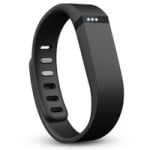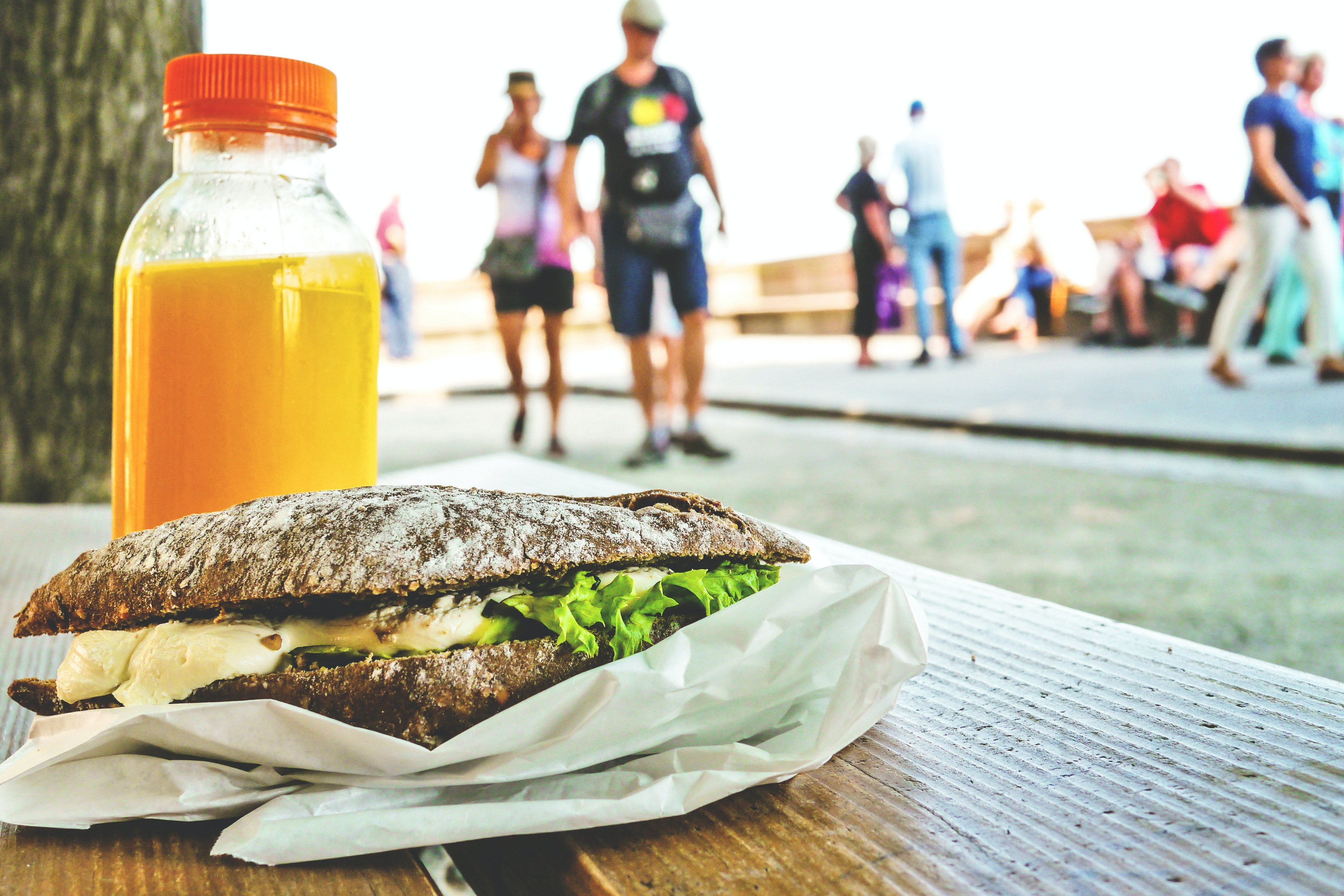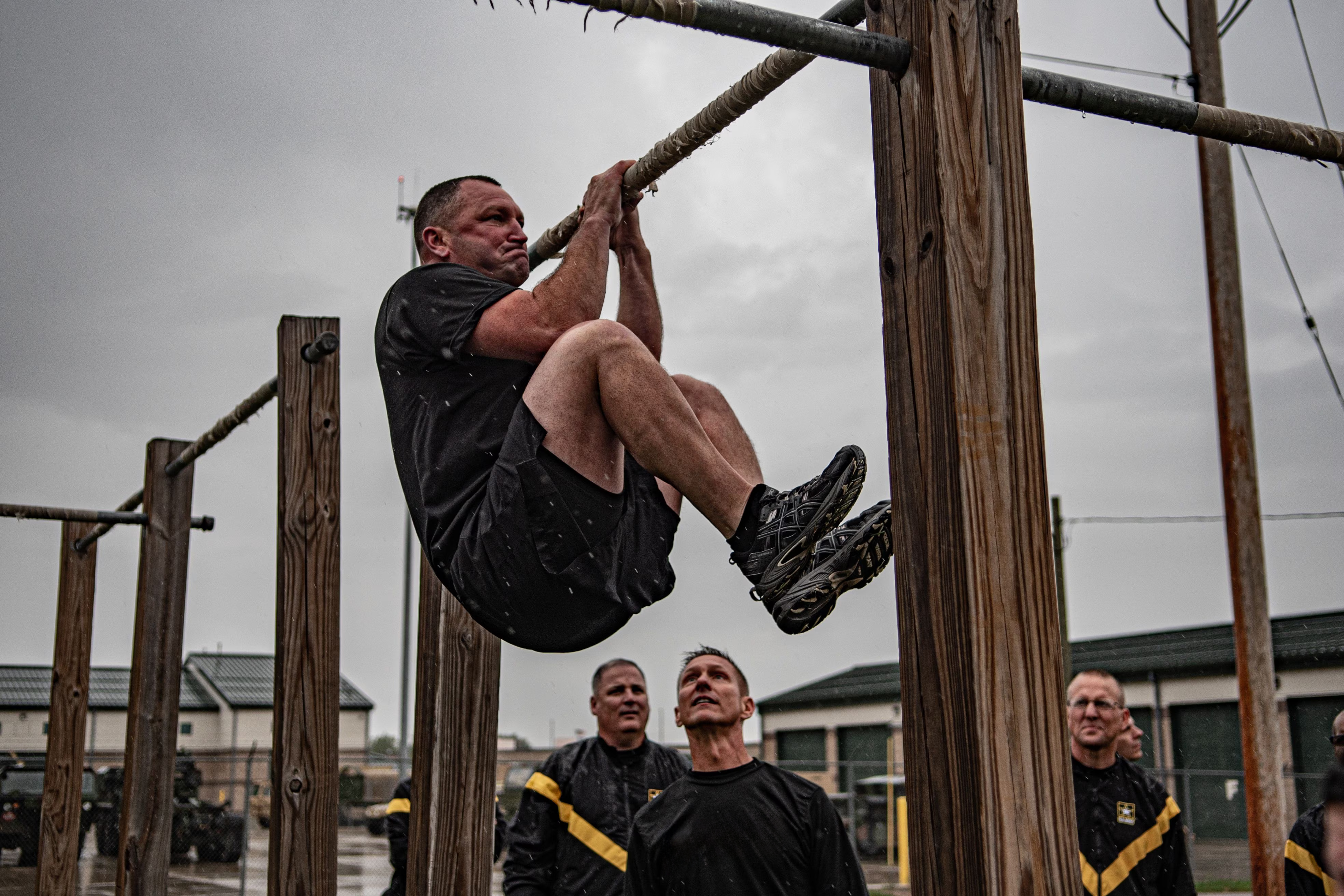Wearable Fitness Technology: What You Should Be Measuring | BridgeAthletic
 Wearable fitness technology is fast becoming an integral component of elite athletics. BridgeAthletic created this guide to help coaches and athletes make a well-informed decision on the fitness tracker that will give them a leg up on the competition. When deciding upon relevant parameters to measure for elite athletes, consider which metrics most closely relate to performance. Accessory measurements like steps taken or calories burned are interesting to know, but they do not directly apply to an athlete’s performance in a game, race, or event. Heart rate and sleep monitoring should provide key information to coaches and athletes to help them train with more specificity and efficiency.
Wearable fitness technology is fast becoming an integral component of elite athletics. BridgeAthletic created this guide to help coaches and athletes make a well-informed decision on the fitness tracker that will give them a leg up on the competition. When deciding upon relevant parameters to measure for elite athletes, consider which metrics most closely relate to performance. Accessory measurements like steps taken or calories burned are interesting to know, but they do not directly apply to an athlete’s performance in a game, race, or event. Heart rate and sleep monitoring should provide key information to coaches and athletes to help them train with more specificity and efficiency.
Heart Rate Monitor
Bottom Line: Heart rate monitors worn on the wrist do not produce accurate data, especially when the athlete is moving. A chest strap is still required to minimize error in these recordings.
A primary metric for elite athletes to track is their heart rate during various athletic endeavors. Using a fitness tracker, athletes can learn their resting heart rate, threshold heart rate, and how high their heart rate can spike during high-intensity workouts. This information reveals the athlete’s cardiovascular fitness. The time it takes for an athlete’s heart rate to return to baseline following a high-intensity effort is indicative of the heart’s efficiency and overall health. These measurements can be taken directly after a high-intensity effort as well as hours later to gain insight into both the immediate and long-term recovery capacity of the athlete. Unfortunately, the wearable tech industry is still working out the kinks with heart rate monitoring accuracy for wristbands and the form of technology they use called optical sensing. The wristband uses LED light to illuminate your capillaries, and a sensor near the light tracks the frequency at which blood pumps past it. In this way, it records your pulse, or heartbeats per minute (BPM). Optical sensing requires you to hold absolutely still for accurate readings—no sweating or movement allowed.
Additionally, blood slows down by the time it reaches your capillaries (except at the tip of your forefinger, where an arterial vessel very closely approximates your heart rate), so for rates above 100 the wrist measurement may be very different from the chest1. These trackers do well at normal resting heart rate when the athlete is sitting still, but the percent error is significantly exaggerated during activity, when athletes would want the most data about their cardiovascular fitness. For now, the most accurate HR monitoring is via an EKG or by using a device linked to a chest strap, which closely emulates an EKG by measuring electrical impulses of the heart to record heart rate. The Garmin VivoFit employs a chest strap that minimizes its percent error at higher heart rates (160-170 bpm), while the Samsung Galaxy 5S phone has a sensor that measures your forefinger and also minimizes error.
These devices don’t claim to function well for elite athletes, but rather for the average exercise enthusiast. Elite athletes and coaches need to consider the type of movement and energy level the device will be used during when making their choice of tracker.
Energy Expenditure
Bottom Line: Balancing caloric intake and energy expenditure can be helpful for athletes looking to get more in touch with their caloric needs, but calorie counting does not directly relate to performance gains and the devices just aren’t technologically advanced enough yet to measure energy expenditure in sport-specific movements.
Calorie counting is another primary feature of fitness trackers because it helps the average person track his or her energy expenditure in a more quantitative manner. However, elite athletes may not necessarily want to fixate on this metric as a means to improve performance as there is no direct relationship between caloric expenditure and athletic ability. Moreover, athletes vary in their metabolic demands based on their genetics, muscle mass, and position or event they compete in.
By the time athletes have reached an elite caliber of training, they will be burning a significant amount of calories on a daily basis. When it comes to measuring energy expenditure, a recent study analyzing 5 fitness trackers found all of them to either under or overestimating calorie burn2. The American Council on Exercise commissioned the University of Wisconsin Clinical Exercise Physiology program researchers to analyze energy expenditure and steps taken during treadmill, elliptical, and agility movements. Unfortunately, the fitness trackers had the highest degree of error during agility movements like ladder drills which are more complex movements than simple steps and which more closely resemble actual movements in sport.
Sleep Monitor
Bottom Line: Sleep tracking helps athletes correlate perceived energy levels with sleep duration, while the act of monitoring sleep makes it a focal point for the athletes to improve sleep habits.
Most trackers monitor sleep by way of an accelerometer, which measures movement. Fitness trackers can more or less record how long someone is asleep. Some trackers claim they can track what stage of sleep the individual is in, and one tracker even states it can record when someone is in REM sleep in addition to light and deep sleep stages.
While researchers generally agree that sleep monitors can tell the difference between sleep and wakefulness, they are prone to mistakes and can be off by over an hour3. Additionally, movement can occur similarly in all stages of sleep so any claim to be able to distinguish between stages is relatively unfounded. Lastly, only an EEG which measures brain waves can distinguish between non-REM stages accurately, and to record REM sleep one also needs to record eye movements and muscle tone, according to sleep expert Michael Scullin in Emory University’s Department of Neurology. Athletes can at least rely on the rough estimate fitness trackers record for hours spent asleep, and they should document this information side by side with qualitative data like how well rested they felt upon waking and how tired they felt throughout the day.
Given these insights, coaches and athletes can search for the fitness tracker that suits their needs. If you liked this post, be sure to check out our BridgeBlog for recent articles!
References:
1. http://www.cnet.com/news/how-accurate-are-wristband-heart-rate-monitors/
2. https://www.yahoo.com/health/the-one-big-thing-fitness-trackers-dont-do-very-110566297477.html
3. http://www.livescience.com/42710-fitness-trackers-sleep-monitoring-accuracy.html
Related Posts

Supplement Safety with Tactical...
Dietary supplements seem like the "magic pill" a tactical operator needs to perform better,...

Eating Healthy on the Go: Tips for Busy...
It's no secret that tactical professionals have weird schedules. So why do health professionals...

Post-Training Nutrition for Tactical...
Eating after a workout can be a challenge for tactical professionals. Having grab-and-go fuel...


